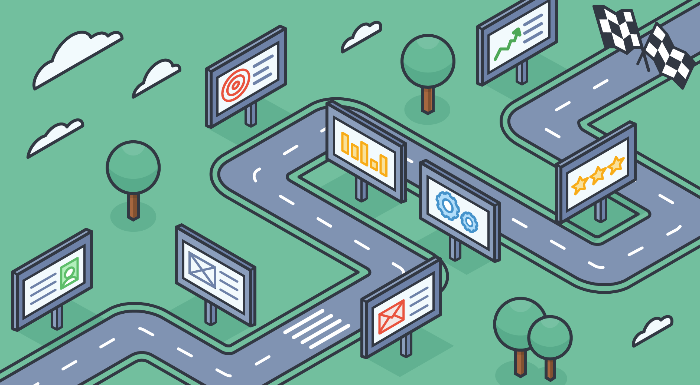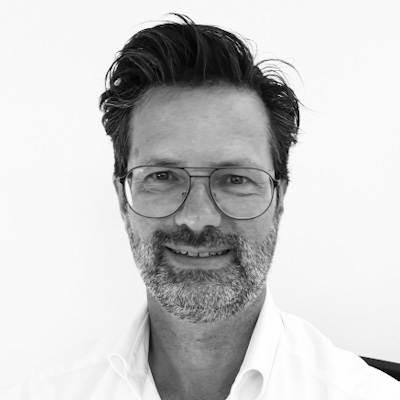
Post en Dekker develops innovations for organisations in the manufacturing industry. From our Bridging the Challenge programme we have developed a roadmap for system development.
When going through the roadmap, the designing and developing of an innovation or system, we as system developers, are working on limiting risk and eliminate them if possible. In this article, I will explain why this is important and which tools we deploy for this.
The design and development stage contains all development activities undertaken for the development of smart and flexible product platforms. During this stage, the focus is on eliminating risks.
Risks that can occur are often very diverse and can differ in size. Several examples of questions regarding risks:
- We would like to produce it in a certain way, but is this possible?
- We would like to apply a working principle, but is this possible?
- We do not have any earlier data on a design issue, which steps should we take to gain insight?
Our approach for reducing and eliminating risks
The roadmap puts the focus on eliminating risks and enhancing the acceptation with stakeholders. Technical risks are identified and developed in sprints into proof of concepts. The risk analysis on a project is, in fact, a constant activity and is, time and again, the basis for designing various sprints.
By means of the roadmap, we first look at the functions, sub functions and risks. Then we make sure that we first eliminate the biggest risks. This way, we start roadmapping the project and increasing the implementation success in the market. So we single out the big or important risks and deal with them in the first sprints.
Upon completion of each sprint, we ask ourselves whether the risk indeed has decreased or eliminated. And we immediately look at which risks are also of influence in dealing with that previous (or new) big risk.
That was all very different in the past when a section was developed per stage, the exact moment when any risks were discovered. Nowadays, we look at the risks across the entire project beforehand and try to deal with them right from the start.
Several tools highlighted
For concept, basic and detail engineering, we draw upon an extensive set of design tools in order to make the development process run efficiently and effectively. The 3D printing and testing of concepts in an early stage, digital product analyses and simulations by means of VR, are examples of this.
To eliminate the risks we have several tools available. I am most happy to elaborate on some of them.
- Prototype configurator
Can we manage market demand with this platform or design? This question can be assessed in the configurator. Here, the scenarios can be completed according to customer requirements. This way, we can, for example, eliminate sales risks. - 3D Printing
When it comes to testing of the working principles, we can print in 3D. Post en Dekker has a 3D printer in house, so we can apply this at any time. - Virtual Reality
A design can also be reviewed and tested for operation in the virtual reality space. The same applies for example, to the process of assembly. With a virtual simulation we can clearly see if and how this works/does not work.
- Regular engineering tools
We have a modern tool kit with means to reduce risks. These include:- Making calculations such as a finite elements method calculation.
- Creating and carrying out movement analyses in 3D or virtual.
So the roadmap eliminates risks. This way, it aims to efficiently and effectively develop, test and make ‘market ready’ the modular product families that comply with the various client-specific market demands. This will allow us to come up with an integral and modular product design that corresponds to the business process and the supply chain of the OEM developer.






